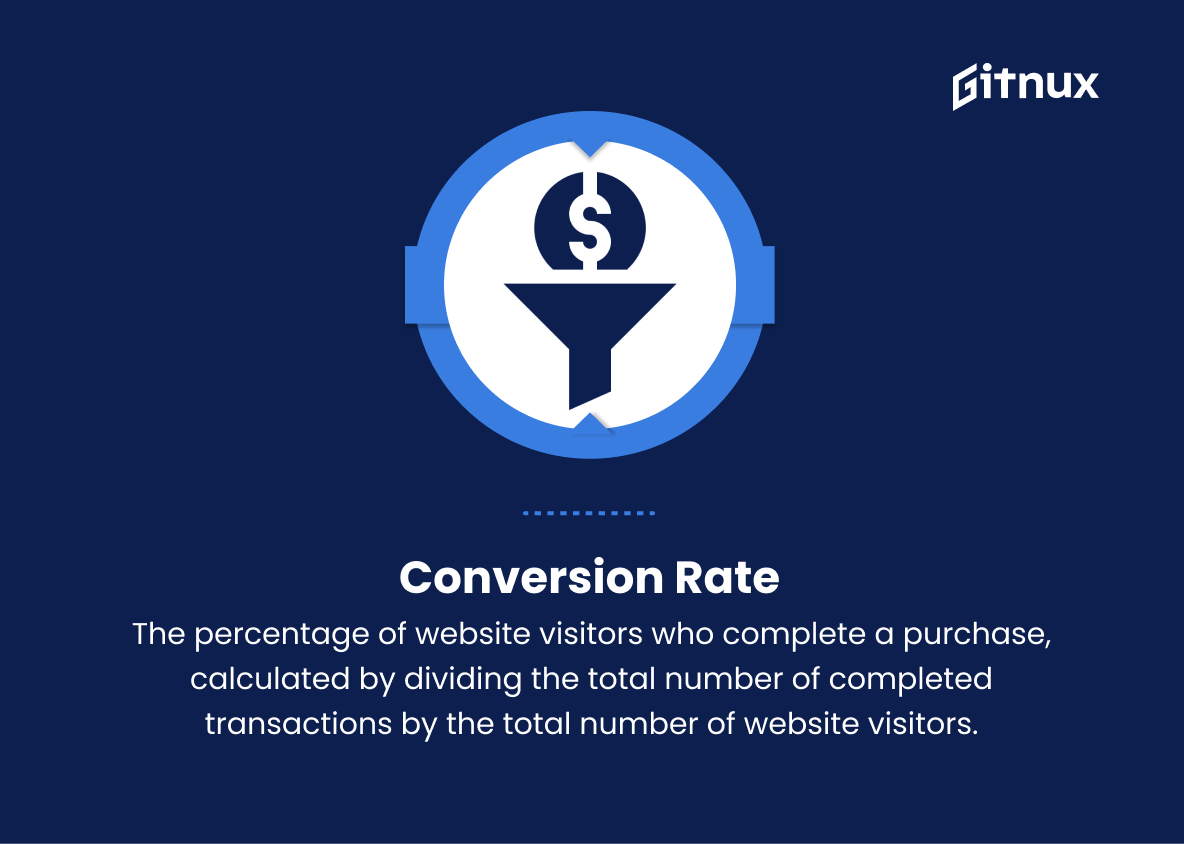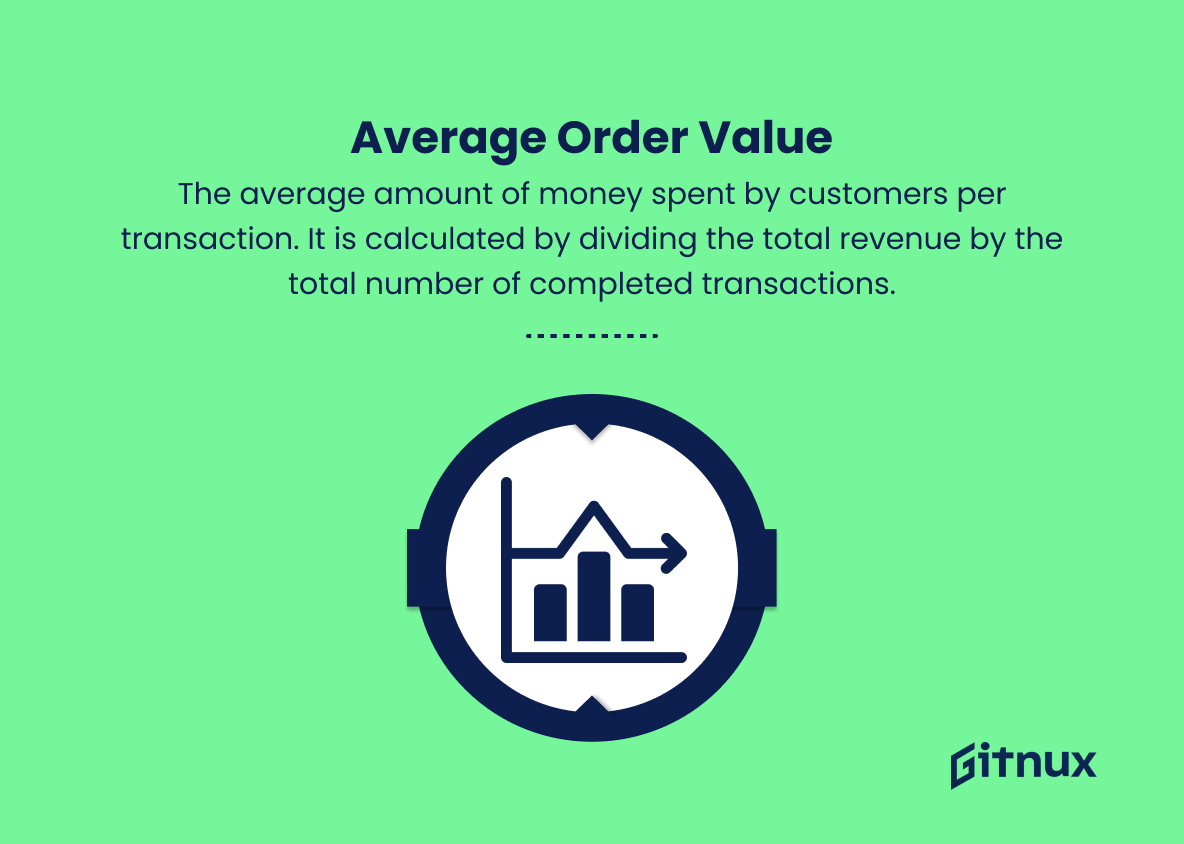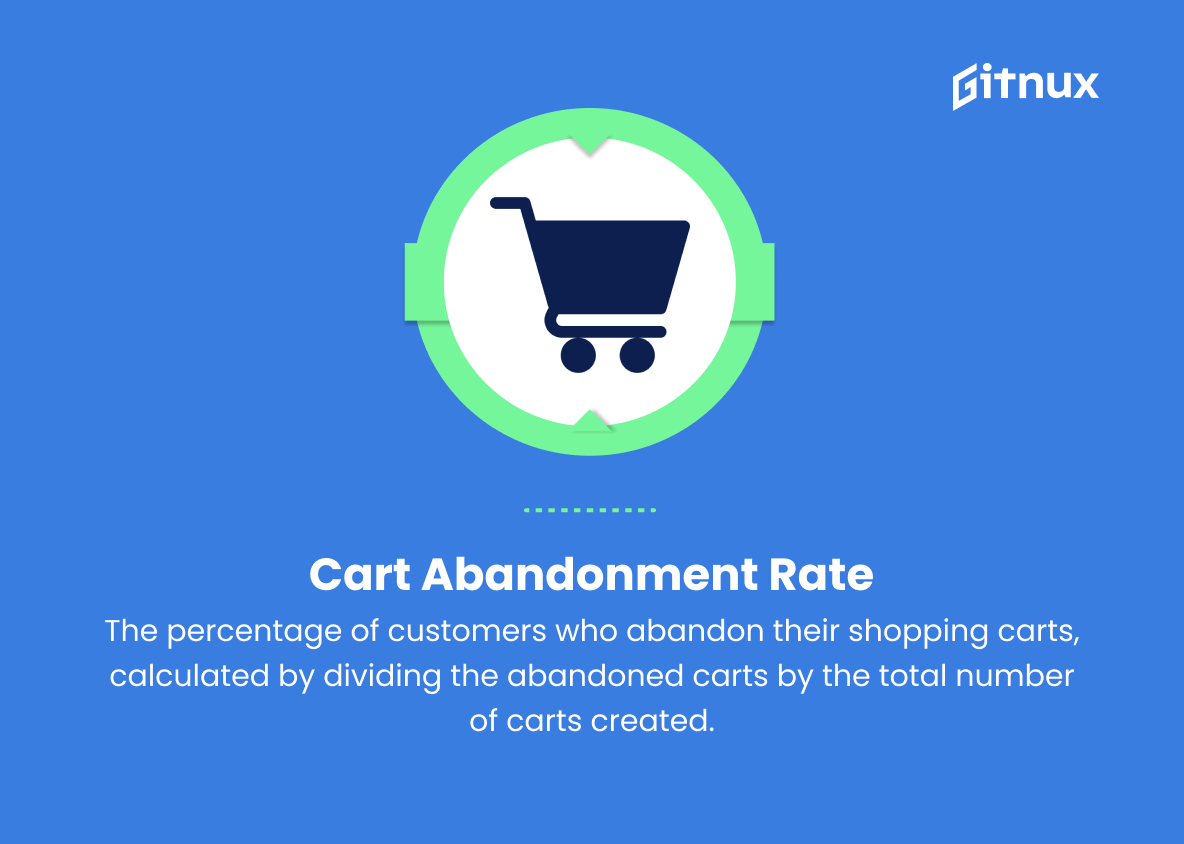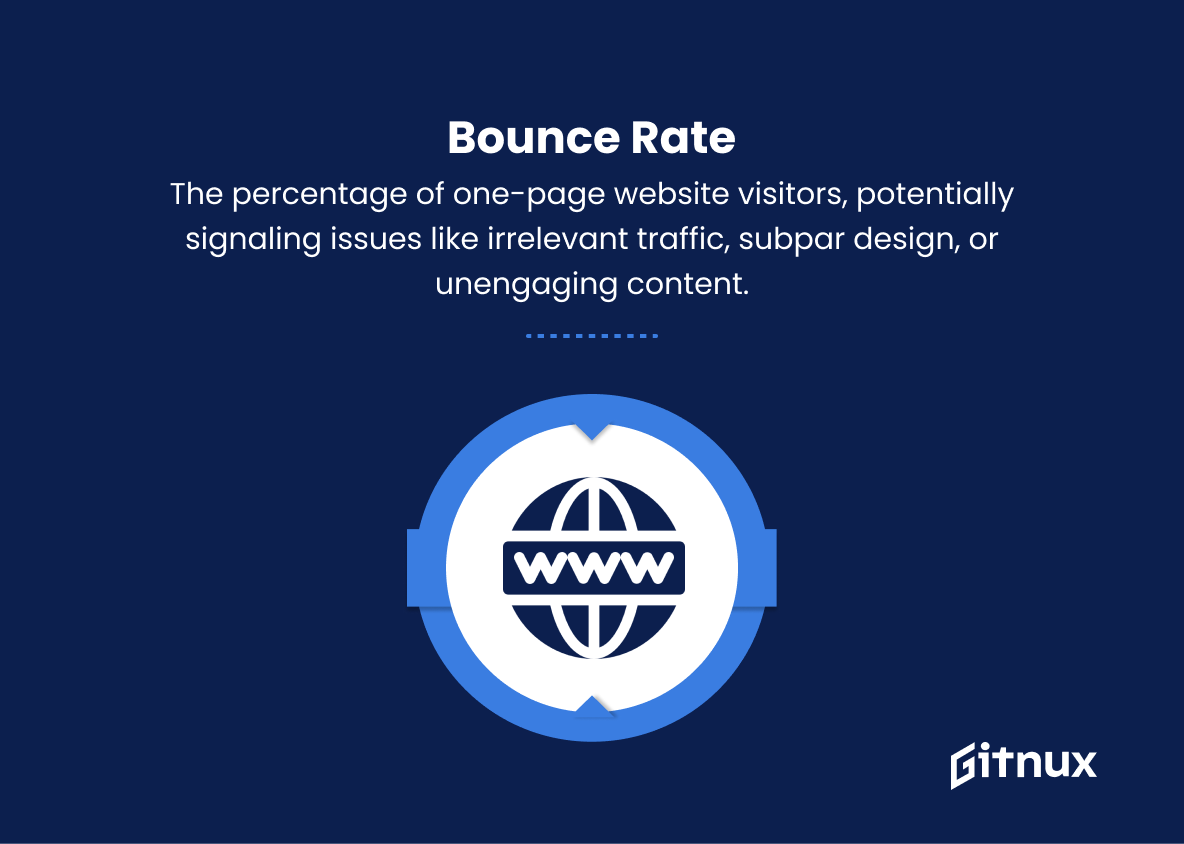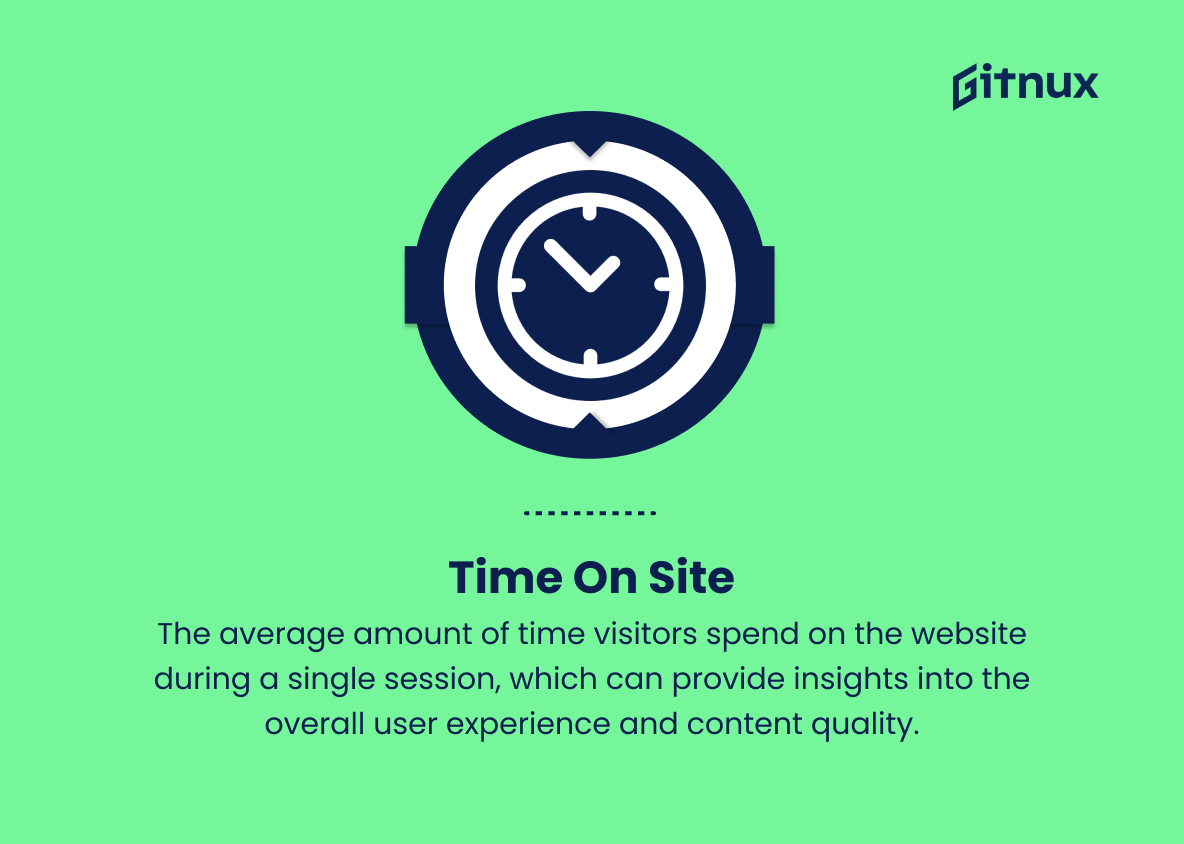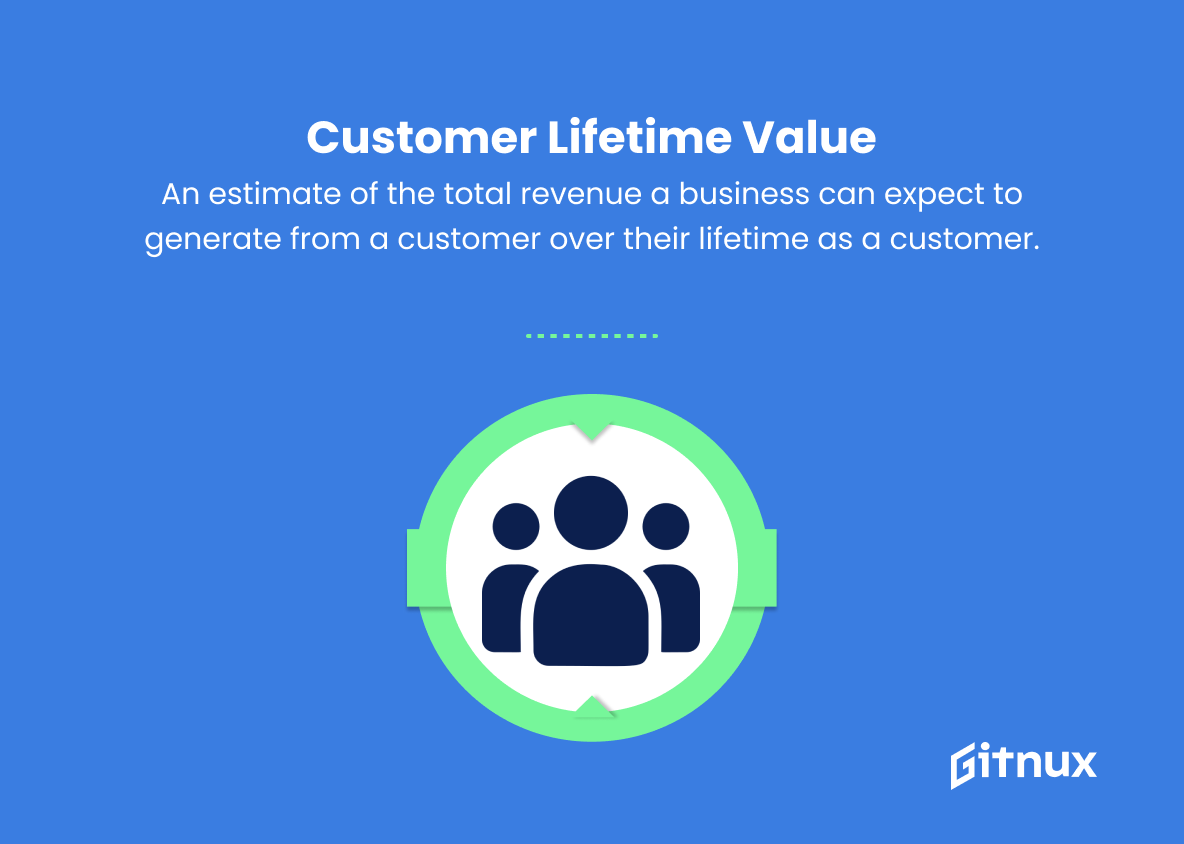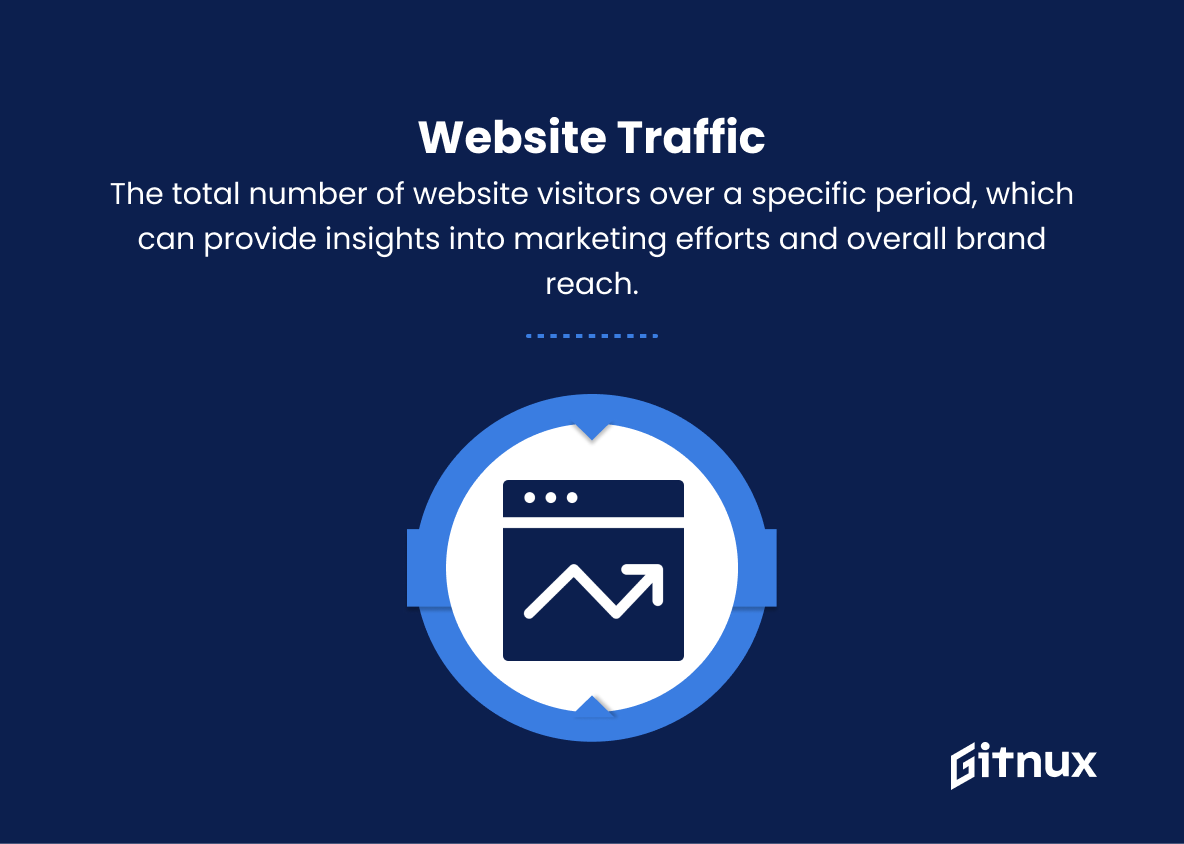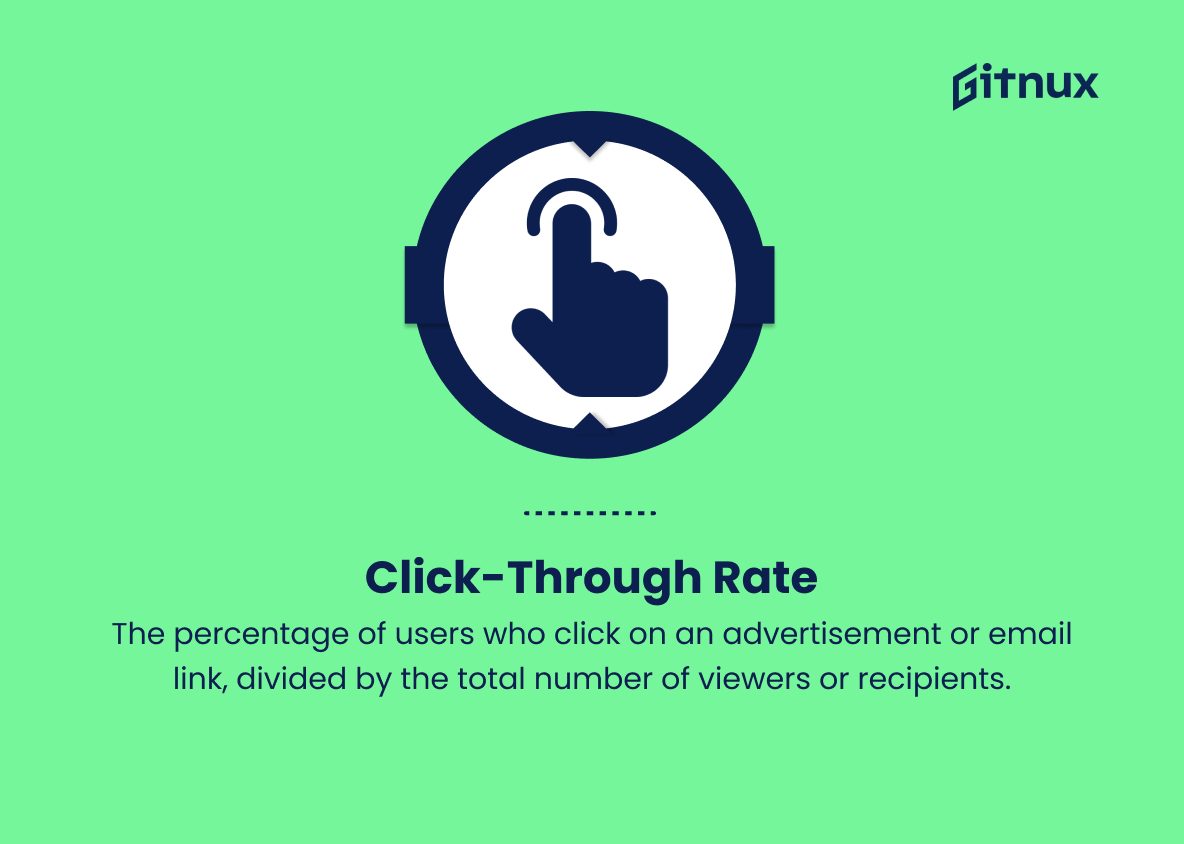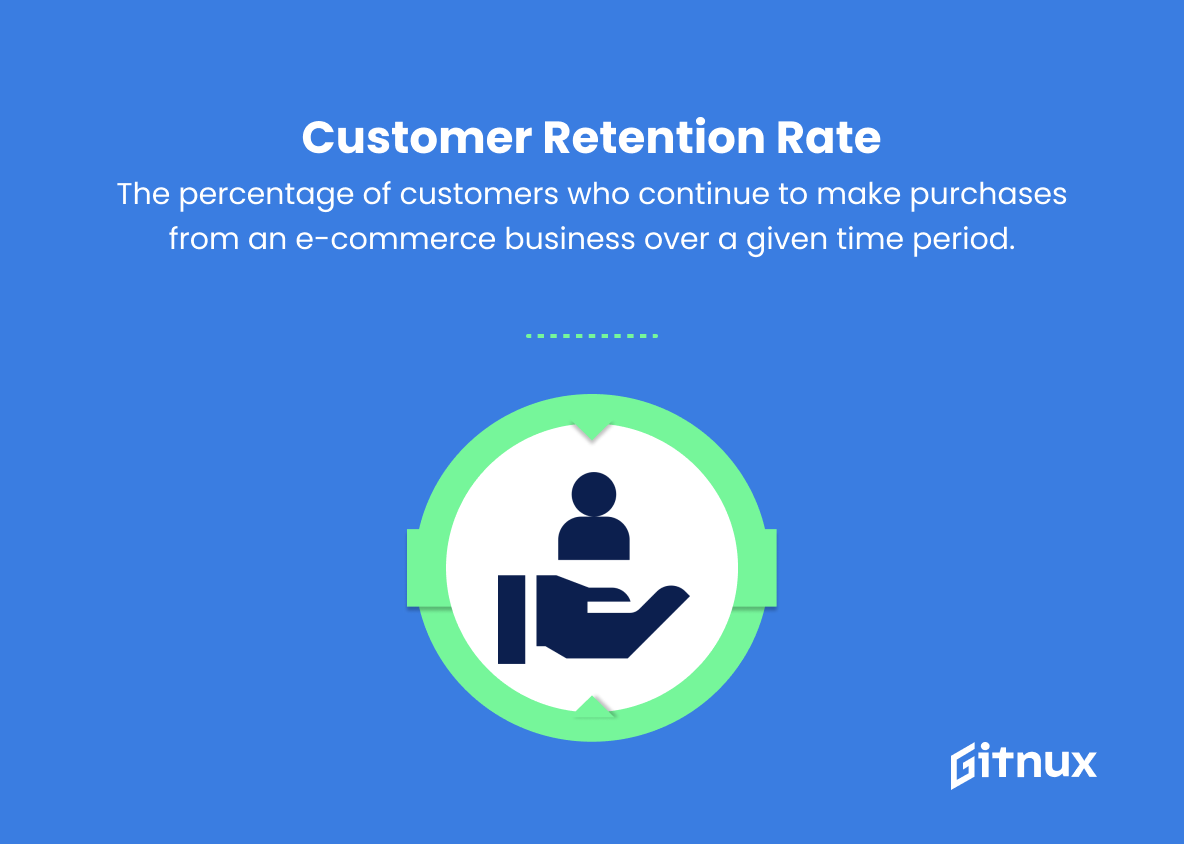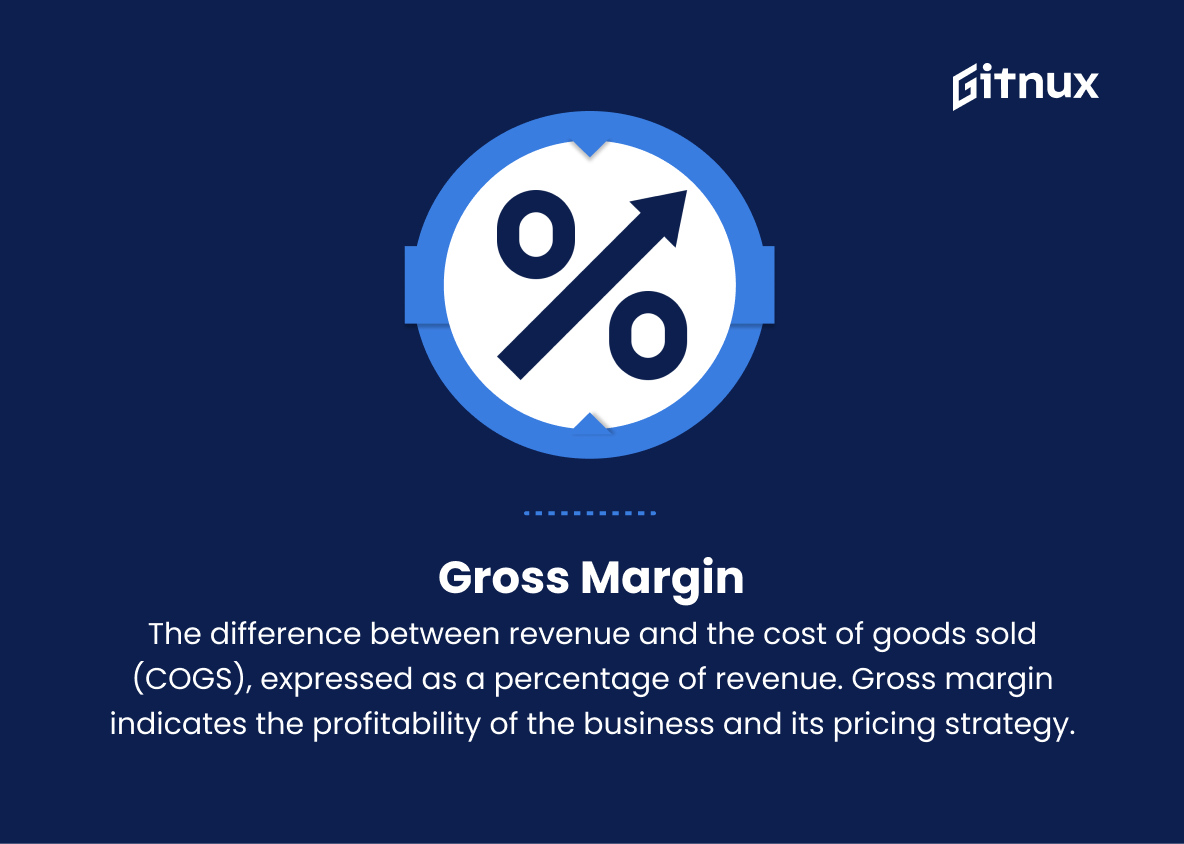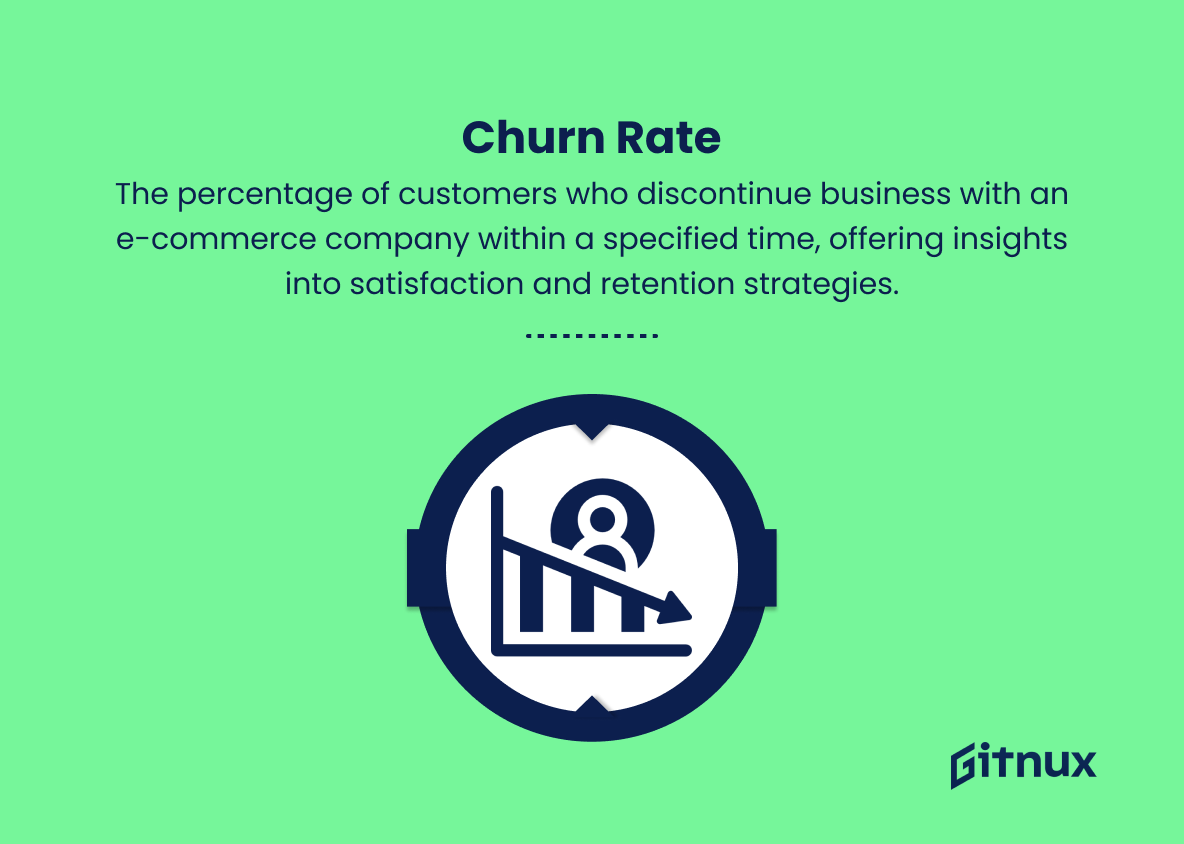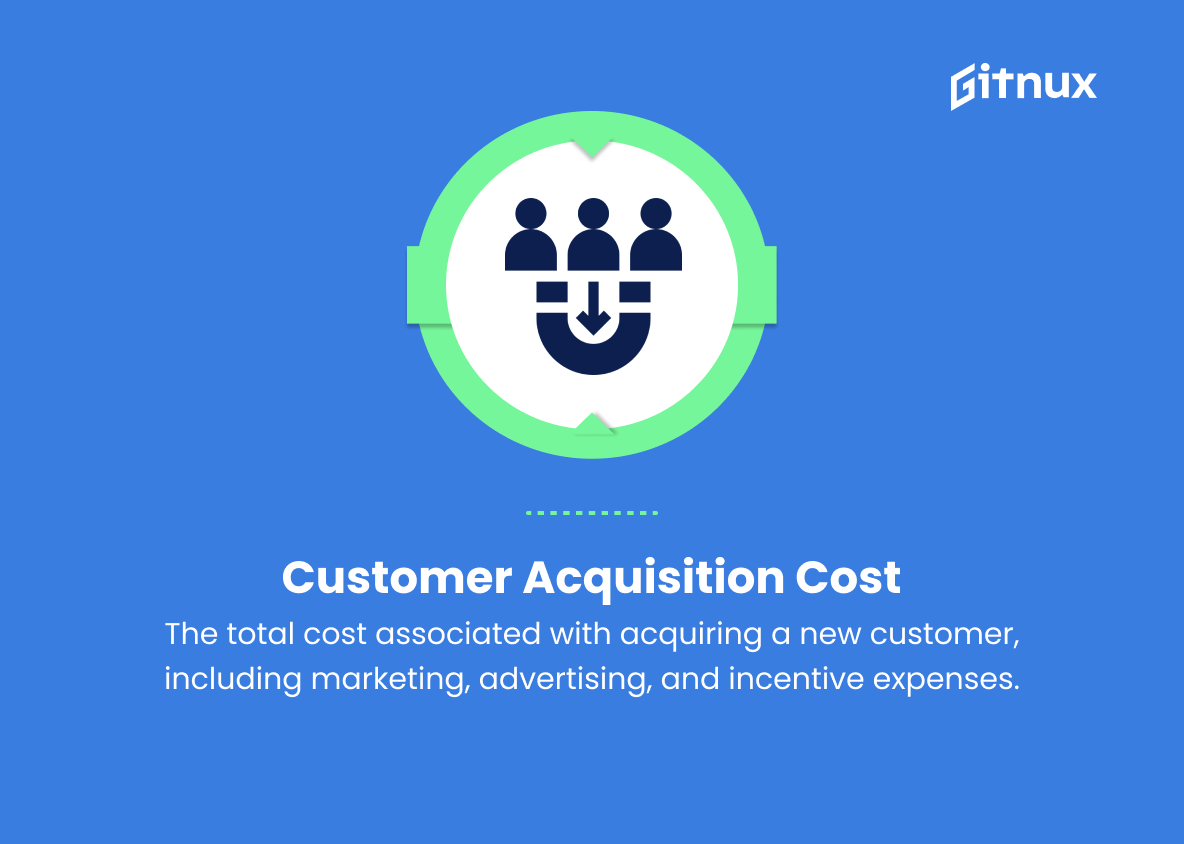In today’s fast-paced digital landscape, the world of Ecommerce has revolutionized the way businesses operate, allowing them to reach new heights of success and connect with consumers on a global scale. However, the rapid growth of online retail creates a highly competitive environment that demands continuous improvement and strategic decision-making. As a result, the importance of monitoring and analyzing Ecommerce metrics cannot be overemphasized.
These crucial data points serve as a compass, guiding businesses towards their goals and helping them to adapt and thrive in an ever-evolving market landscape. In this comprehensive blog post, we will explore the most essential Ecommerce metrics to track, understand their significance in ensuring business success, and provide practical advice for optimizing these metrics to achieve long-term growth and profitability.
Ecommerce Metrics You Should Know
1. Conversion Rate
The percentage of visitors who complete a desired action, such as making a purchase, signing up for a newsletter, or adding an item to their cart. It is calculated by dividing the number of conversions by the total number of visitors.
2. Average Order Value (AOV)
The average amount a customer spends in a single transaction. It is calculated by dividing the total revenue by the total number of orders.
3. Customer Lifetime Value (CLV)
The predicted net profit a company can expect from a customer throughout their entire relationship. It takes into account factors like average purchase frequency, average order value, and customer lifespan.
4. Cart Abandonment Rate
The percentage of users who add items to their cart but do not complete the purchase. It is calculated by dividing the number of abandoned carts by the total number of initiated carts.
5. Bounce Rate
The percentage of visitors who leave a website after viewing only one page. This metric can be an indicator of how engaging and relevant the content is to visitors.
6. Customer Acquisition Cost (CAC)
The cost of acquiring a new customer, including marketing expenses, sales costs, and other investments. It is calculated by dividing the total cost of customer acquisition by the total number of new customers.
7. Revenue Per Visitor (RPV)
The amount of revenue generated by each visitor to your site. It is calculated by dividing the total revenue by the total number of visitors.
8. Return on Investment (ROI)
A measure of the profitability of an investment in relation to the amount spent. It is calculated by dividing the net profit (or return) by the total investment cost.
9. Churn Rate
The percentage of customers that stop doing business with a company over a specific period. High churn rates may indicate dissatisfaction with the product or service.
10. Retention Rate
The percentage of customers that continue to do business with a company over a specific period. High retention rates suggest that the company is successful in providing valuable experiences and products to their customers.
11. Referral Rate
The percentage of customers that refer your business to others, either through word-of-mouth marketing or a referral program.
12. Social Media Engagement
The level of activity and interaction users have with your brand on social media platforms. Metrics include likes, shares, comments, and followers.
13. Website Traffic
The number of users visiting an eCommerce website and their behavior on the site. Metrics include page views, unique visitors, new vs. returning visitors, and time spent on the site.
14. Email Open Rate
The percentage of delivered email campaigns opened by recipients. It is calculated by dividing the total number of opened emails by the total number of delivered emails.
15. Email Click-Through Rate (CTR)
The percentage of recipients who click on a link within an email. It is calculated by dividing the total number of clicks by the total number of delivered emails.
16. Net Promoter Score (NPS)
A measure of customer satisfaction and loyalty by asking customers how likely they are to recommend a business to a friend or colleague. The score ranges from -100 (worst) to +100 (best), with scores above 0 indicating positive feelings toward the brand.
17. Time to First Purchase
The average amount of time it takes for a new customer to make their first purchase. This metric can provide insights into the effectiveness of marketing and onboarding strategies.
Ecommerce Metrics Explained
Ecommerce metrics are crucial for businesses to gauge their performance, measure their success, and make data-driven decisions for growth. Metrics such as Conversion Rate, Average Order Value, and Customer Lifetime Value enable businesses to understand how well they are converting visitors into customers, assess customer spending habits, and predict the overall profitability of a customer relationship. Meanwhile, Cart Abandonment Rate and Bounce Rate help identify areas of improvement in user experience, and Customer Acquisition Cost and Revenue Per Visitor provide insights into the efficiency of marketing strategies.
Return on Investment, Churn Rate, and Retention Rate provide an overview of the company’s financial health and customer satisfaction. Referral Rate, Social Media Engagement, and Website Traffic indicate the effectiveness of various customer outreach initiatives, while Email Open Rate and Email Click-Through Rate determine the success of email marketing campaigns.
Net Promoter Score measures customer loyalty and brand sentiment, while Time to First Purchase sheds light on marketing and onboarding strategies. In summary, these metrics serve as essential indicators for eCommerce businesses to optimize their performance and drive continuous growth.
Conclusion
In conclusion, the importance of eCommerce metrics cannot be overstated in today’s data-driven business environment. Understanding and tracking these vital KPIs will allow eCommerce businesses of all sizes to optimize their operations, improve customer experience, and ultimately achieve greater success. By focusing on metrics such as conversion rates, customer acquisition cost, average order value, cart abandonment rate, and customer lifetime value, online retailers can gain valuable insights into their business performance and identify areas for improvement.
As a result, eCommerce businesses that prioritize these metrics in their decision-making processes are better positioned to thrive in the competitive marketplace, maximizing their ROI and ensuring sustainable growth.
